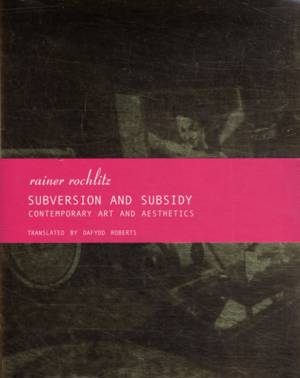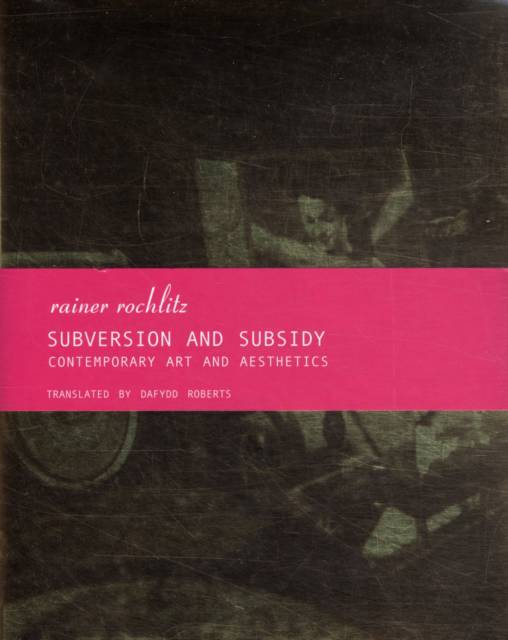
- Retrait gratuit dans votre magasin Club
- 7.000.000 titres dans notre catalogue
- Payer en toute sécurité
- Toujours un magasin près de chez vous
- Retrait gratuit dans votre magasin Club
- 7.000.0000 titres dans notre catalogue
- Payer en toute sécurité
- Toujours un magasin près de chez vous
Description
Art today is in deep crisis. Criticism seems to have abandoned any notion of evaluation, the public has been denied the possibility of understanding, and aesthetics have lost all legitimacy. Formerly, artists claimed their right to decide for themselves what counted as a work of art, thanks to the subversion of the established criteria of aesthetic judgment. But that very subversion is today the object of subsidy and support by museums and galleries, anxious to display their liberalism. A new and ambiguous game of complicity and antagonism has united artists and institutions.
Yet, however much the alliance of subversion and subsidy aims to exclude it, aesthetic judgment remains a necessity. Whatever the nature of a work of art, it can only be one if the artistic quality it claims for itself can be justified and shared. As symbol it cannot be reduced to a symptom; as an object of judgment it cannot depend on simple individual preferences. Thus it is now urgent to find aesthetic arguments that pay proper attention to the internal logic of artworks, arguments that are rigorous without claiming absolute truth.
Spécifications
Parties prenantes
- Auteur(s) :
- Editeur:
Contenu
- Nombre de pages :
- 229
- Langue:
- Anglais
Caractéristiques
- EAN:
- 9781905422708
- Date de parution :
- 01-01-09
- Format:
- Livre relié
- Format numérique:
- Ongenaaid / garenloos gebonden
- Dimensions :
- 163 mm x 206 mm
- Poids :
- 385 g

Les avis
Nous publions uniquement les avis qui respectent les conditions requises. Consultez nos conditions pour les avis.






